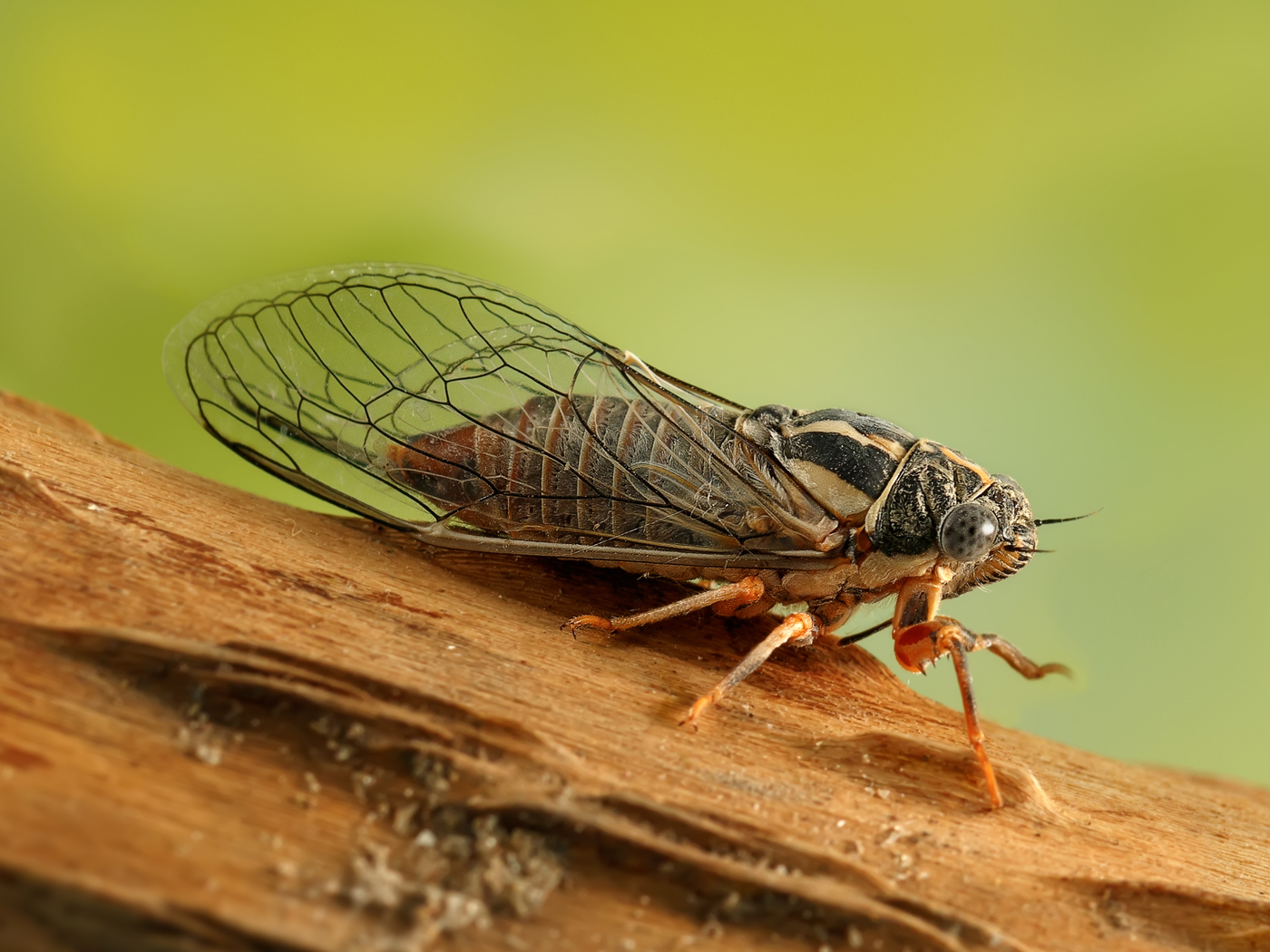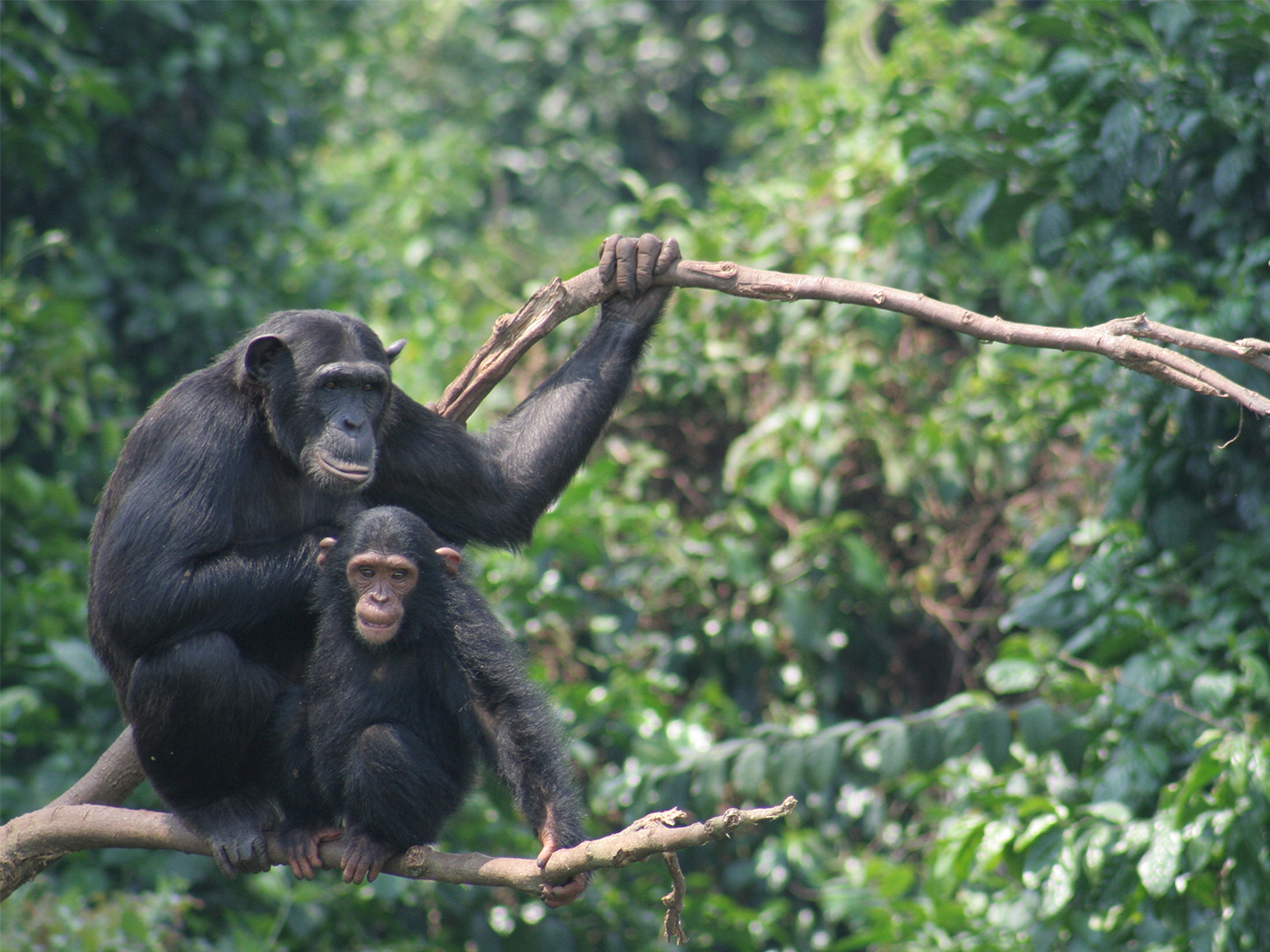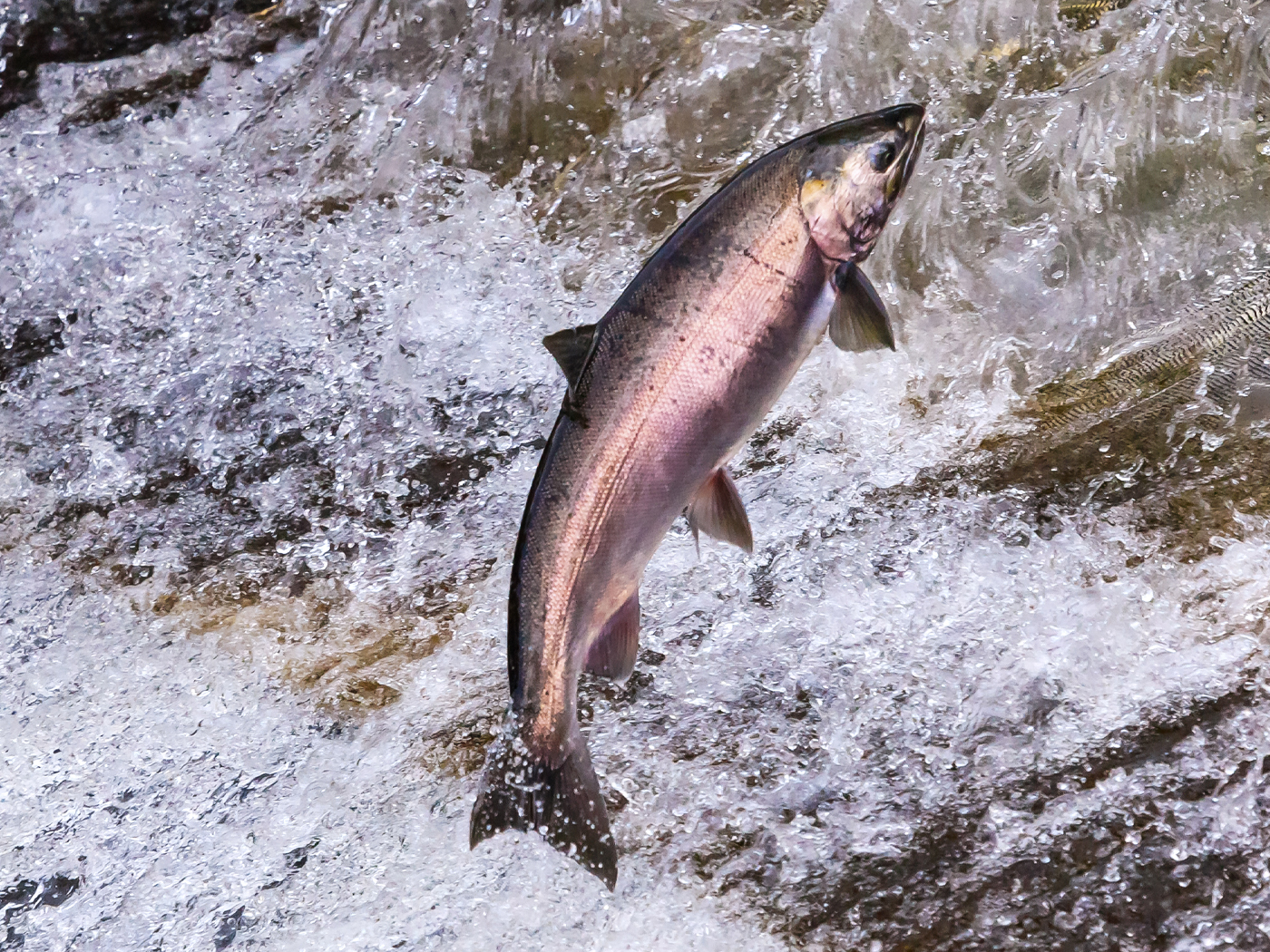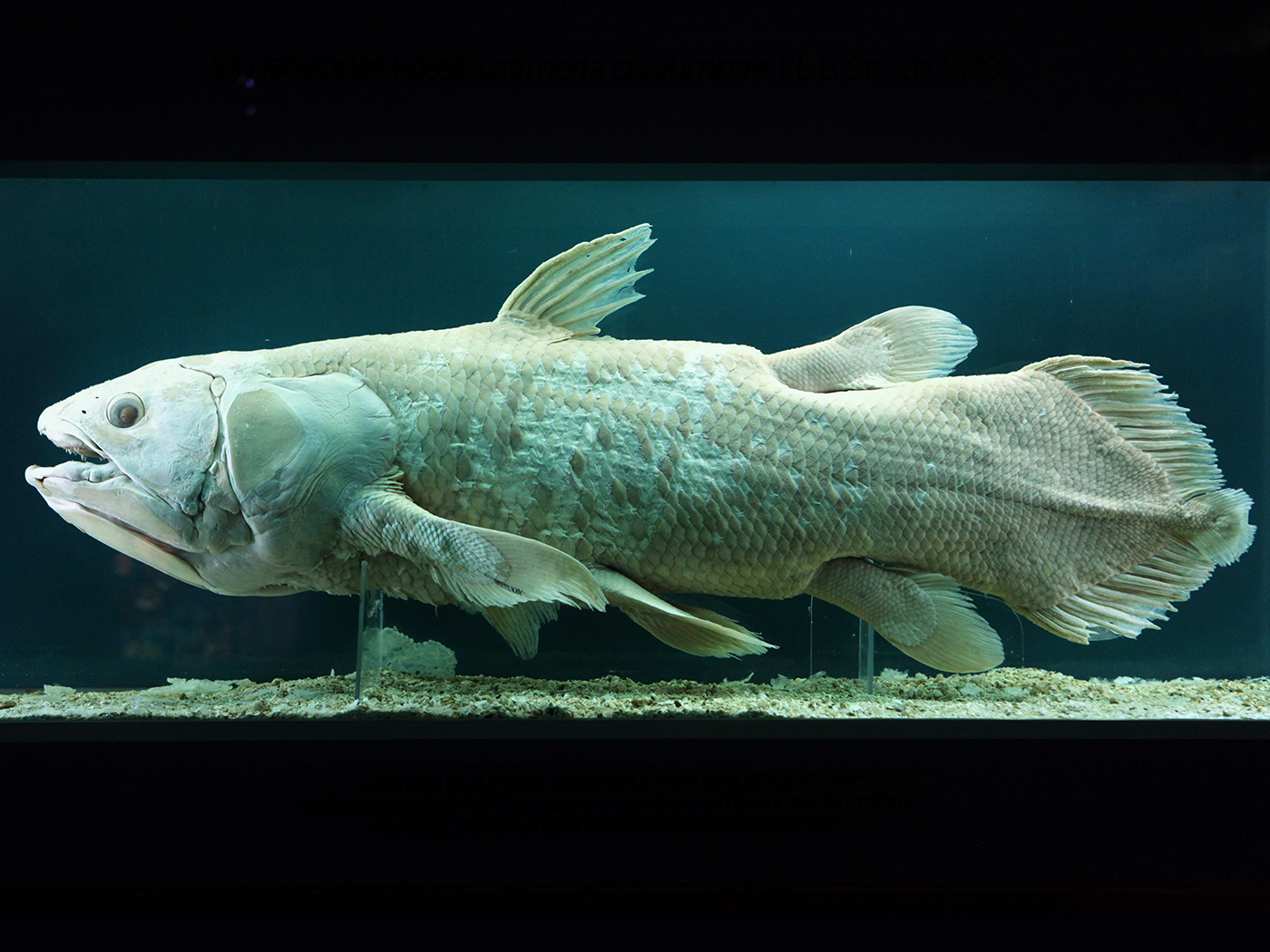Now a whole collection of “ancient” spiders from the Cretaceous (Albian) Jinji Formation in Korea has been discovered.3 This is a significant discovery because these small arachnids were found to have a special eye membrane called the tapetum (təˈpiËtÉ™m)—a paleontological first.
There is nothing simple or archaic about the tapetum (or tapetum lucidum). This structure is found in a variety of animals, from teleosts (fish) to nocturnal mammals such as owls and moths. It’s composed of a layer of cells found either outside the retina or in it. The tapetum contains guanine crystals, zinc, and riboflavin (a protein that actually fluoresces—it shines). Light striking the eyes of a cat at night, for example, is highly reflected, giving the eerie appearance of the eyes “glowing.” The purpose of this reflective membrane seems to be to increase the sensitivity of the eye to dim light.
The evolutionary researchers estimate the Jinji spider fossils are around 110 million years old and were gradually buried in lake sediments. Gradually? I beg to differ. These creatures had no hard shell or bones that would have aided preservation, but were buried so rapidly that even the imprints of their tiny leg hairs can easily be seen. There was no indication of the predation or scavenging one would expect if burial were slow and gradual. A rapid burial of these arachnids due to the Genesis Flood about 4,500 years ago is a far better explanation.
This amazing discovery once again shows that ancient spiders were as complex as today’s spiders, glowing eyes and all. ![]()
This amazing discovery once again shows that “ancient” spiders were as complex as today’s spiders, glowing eyes and all.4
References
1. Thomas, B. Spectacular Spider Is a Long-Living Fossil. Creation Science Update. Posted on ICR.org February 24, 2010, accessed February 3, 2019.
2. Sherwin, F. Spiders Have Always Been Spiders. Creation Science Update. Posted on ICR.org March 19, 2015, accessed February 3, 2019.
3. Greshko, M. New fossil spiders with ‘glowing’ eyes found in South Korea. Posted on nationalgeographic.com January 31, 2019, accessed February 3, 2019.
4. Ghose, T. Stunningly Preserved 165-Million-Year-Old Spider Fossil Found. Wired. Posted on Wired.com February 9, 2010, accessed February 3, 2019.
Stage image: Koreamegops samsiki
Stage image credit: Copyright © 2019. P. A. Selden. Used in accordance with federal copyright (fair use doctrine) law. Usage by ICR does not imply endorsement of copyright holder.
*Mr. Sherwin is Research Associate is at ICR. He has a master’s in zoology from the University of Northern Colorado.



















